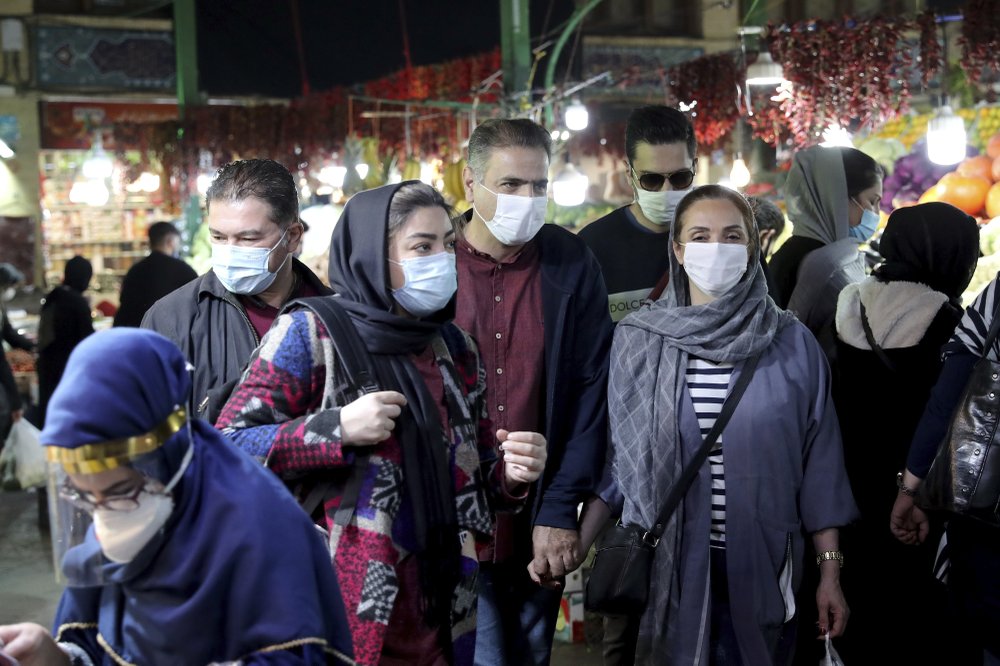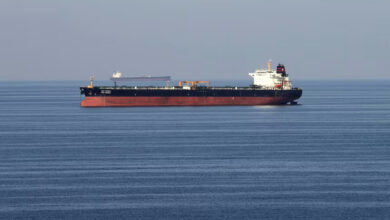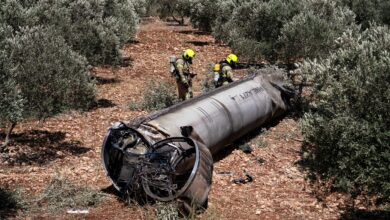
TEHRAN, Iran (AP) — Iran’s single-day death toll from the coronavirus smashed a record set less than a week ago, with 337 dead confirmed Monday as a resurgence of infections is overwhelming hospitals.
On social media, Iranian news outlets dramatically dubbed the day “Black Monday” and lamented the grim milestone — which represented a significant increase over Iran’s previous one-day record of 279 set Wednesday.
The Islamic Republic emerged early in the pandemic as a global epicenter of the virus and has since seen the worst outbreak in the Middle East, with deaths topping 30,000, as fatalities have soared in recent weeks. Health officials announced last week that Iran’s capital, Tehran, had run out of intensive care beds for virus patients, and overwhelmed hospitals across the city suspended all nonemergency treatments.
On Sunday, the Health Ministry reported that Dr. Mohammad Zare Joshaghani, the director of one of Tehran’s biggest hospitals, had died of the virus — a reminder of the toll the pandemic has taken on health workers, in particular.
But the government has resisted a total lockdown because it does not want to further weaken an economy already devastated by unprecedented US sanctions. On Monday, Health Ministry spokeswoman Sima Lari sought to shift responsibility for the surge to Iranians, scolding them for failing to take precautions.
“The current situation is the result of negligence in following health protocols, less usage of face masks and high-risk social behaviors over the past weeks,” she said.
During a national holiday this past weekend, thousands of Iranians defied a travel ban to flock to the Caspian Sea. Vacation-goers packed cafes, shops and restaurants along the north coast, largely without masks or social distancing.
But the outbreak in Iran has also been fueled by contradictory responses from the government. The current spike comes just weeks after schools nationwide welcomed back 15 million students for in-person instruction, only to shut down again in Tehran as infections swelled.
With the death toll skyrocketing, authorities are now starting to impose more restrictions. The government closed museums, libraries, beauty salons and other public places in Tehran earlier this month, and imposed a mask mandate outdoors.
For the first time, security forces have started deploying to fine those caught without masks. Yet enforcement remains a challenge in the sprawling capital.
Gen. Hossein Rahimi, Tehran’s police chief, said on Sunday that over the past week, police have collected fines from 42 people in Tehran — a city of 10 million people. Still, authorities promise tougher action against those flouting the rules, with Rahimi saying that the “verbal warnings will end soon.”
After Iran was an early hot spot of the virus, infections declined somewhat in April when authorities briefly and sporadically imposed restrictions. But cases began surging again in July — and have continued to soar. The country has confirmed more than 530,000 infections, according to data collected by Johns Hopkins University — although such tolls are widely considered to understate the true dimensions of the outbreak because of limited testing, missed cases and concealment by some governments.
The virus has sickened senior Iranian officials, including an adviser to Supreme Leader Ayatollah Ali Khamenei and most recently the head of the country’s atomic energy agency and its vice president in charge of budget and planning.
The timing of the pandemic has proved particularly difficult for Iran’s economy. The Trump administration re-imposed economic sanctions on Iran after its unilateral withdrawal in 2018 from Tehran’s nuclear accord with world powers. The nation’s currency plunged to its lowest level ever last week following the US administration’s decision last week to blacklist Iranian banks that had so far escaped the bulk of re-imposed American sanctions.




